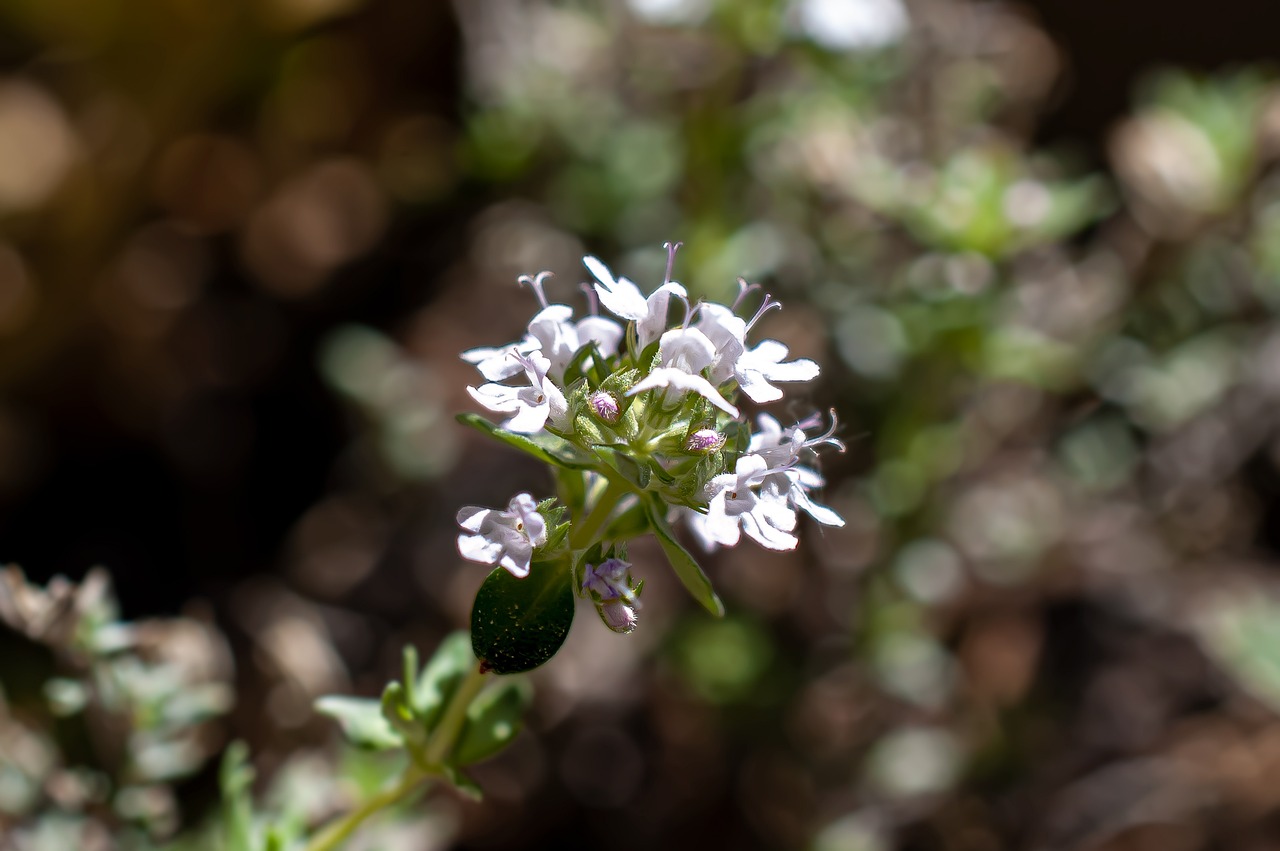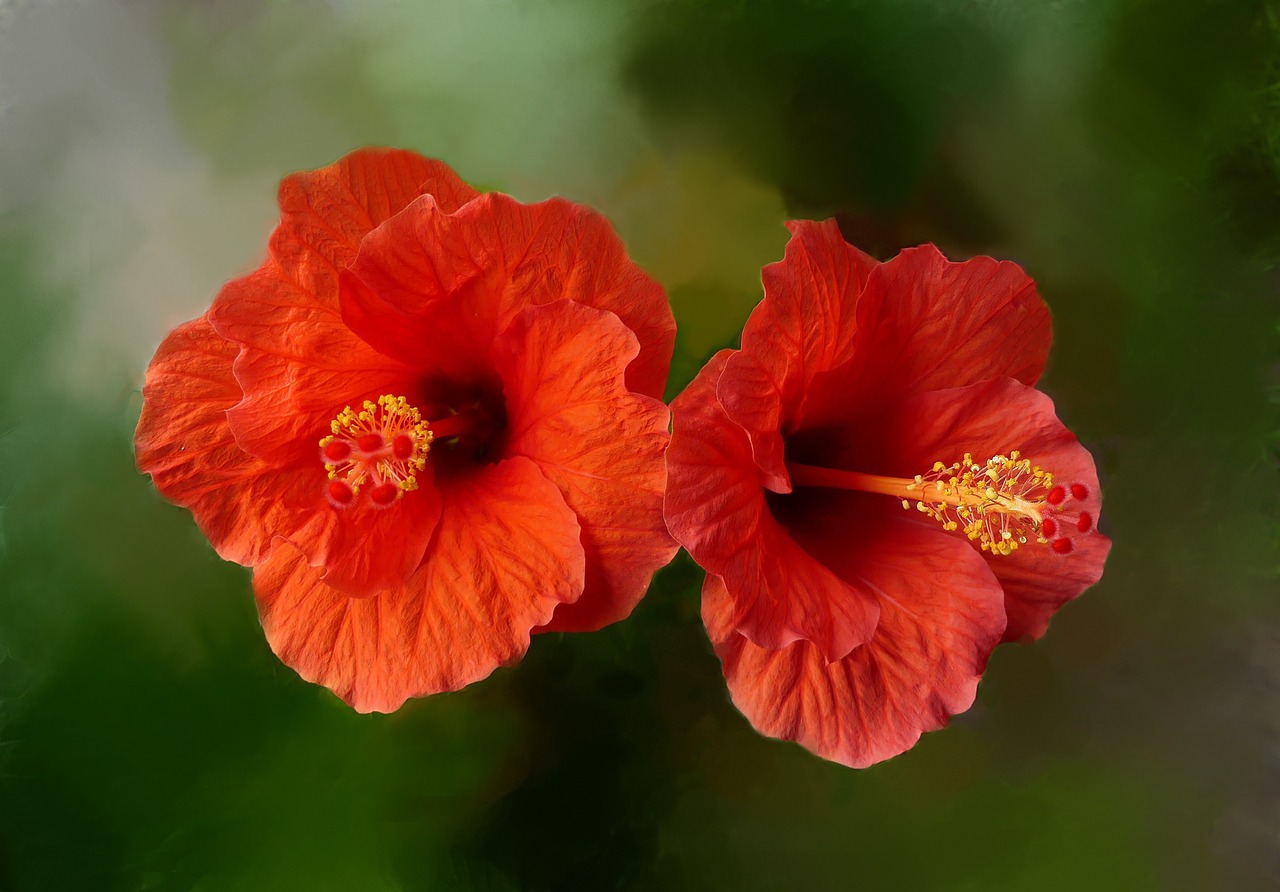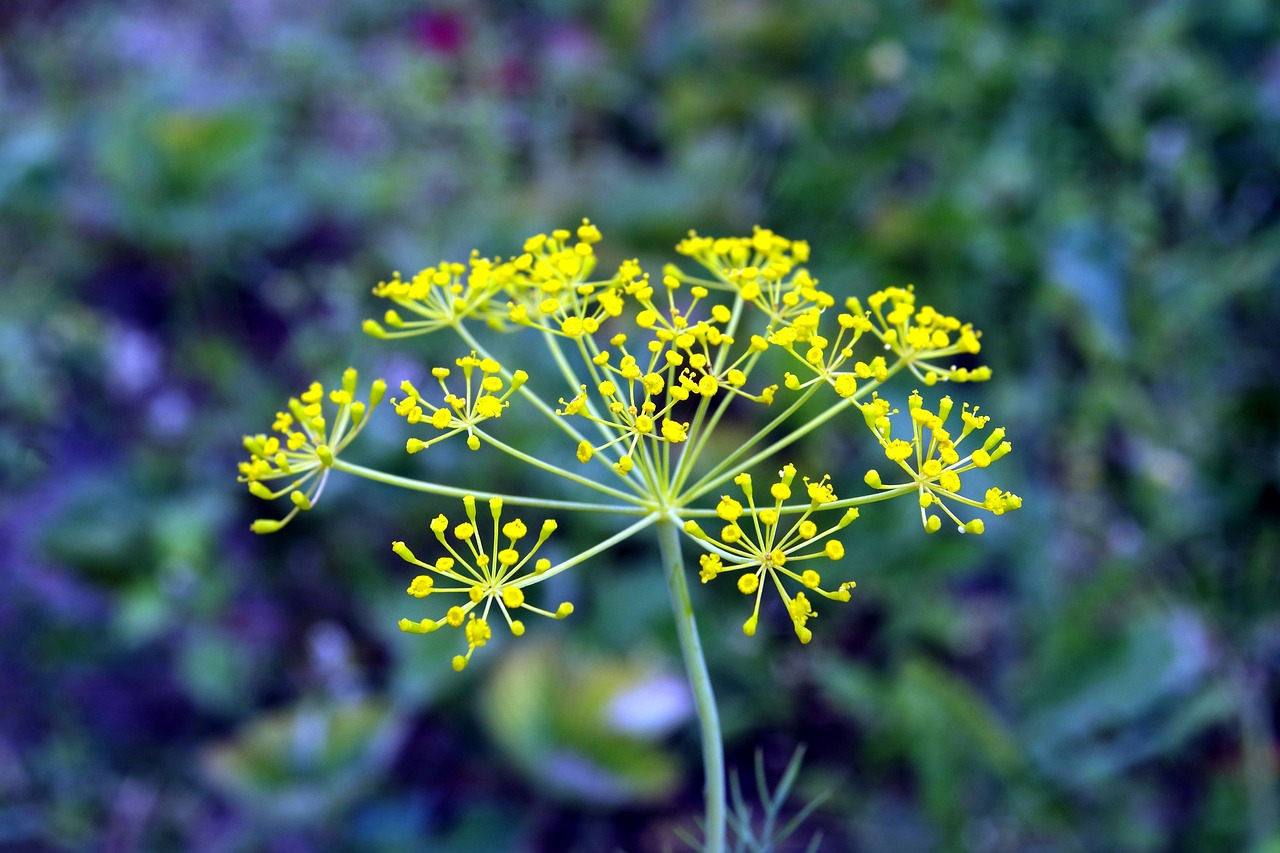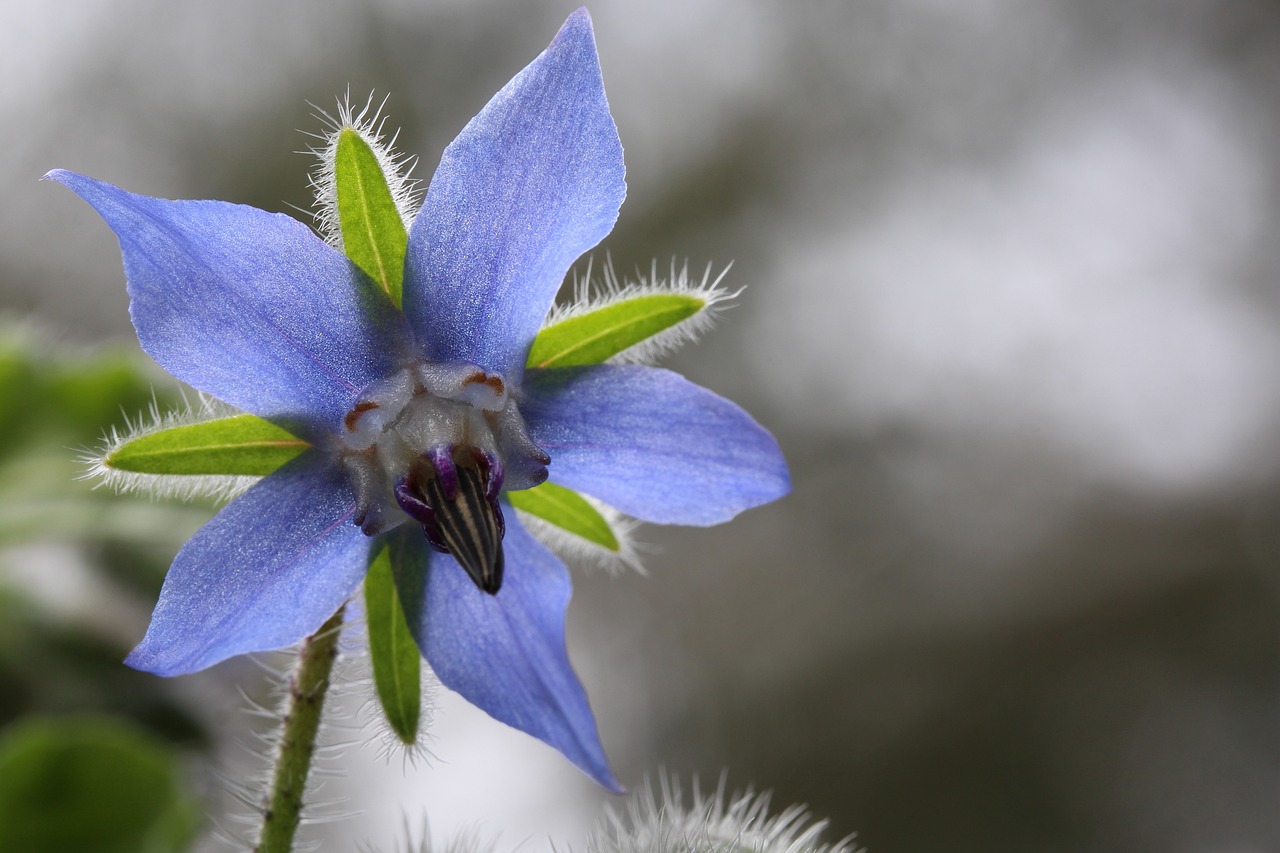Thyme | A Small Herb Steeped in Ancient Traditions

Thyme is a perennial herb known for its pleasant fragrance and tiny flowers, widely appreciated in both cooking and gardening.
Originating from the Mediterranean coast, thyme is now cultivated around the world and is valued as an attractive and functional ground cover in gardens.
In this article, I will introduce essential information about thyme, along with its cultural background, historical episodes, and tips for successful cultivation.
Basic Information
- Scientific name: Thymus vulgaris
- Family: Lamiaceae
- Origin: Mediterranean coast
- Appearance: Thyme forms dense clusters of small oval leaves and produces pale purple or white blossoms in early summer. It grows to a height of 10–30 cm and is highly resistant to both cold and heat. As a ground-hugging plant, it is suitable for use as a ground cover or in pots.
- Blooming season: Early to mid-summer, when its fragrance fills the air and enhances the beauty of the landscape.
Cultural Significance Around the World

Thyme is cherished worldwide, both in cooking and as a decorative plant.
In Europe, thyme is an indispensable kitchen herb, frequently used in Mediterranean cuisine and in the French bouquet garni.
In France and Italy, thyme is often grown in home kitchen gardens, where its fragrance enhances daily cooking.
Due to its tolerance of dryness, it is commonly planted in rock gardens and garden borders.
In English gardens, thyme is treasured for attracting bees and is loved as part of vibrant, nature-filled landscapes.
Historical Episodes
Thyme has a rich and fascinating history. In ancient Egypt, it was believed to have preservative properties and was used in the embalming of mummies.
In ancient Greece, thyme symbolized courage, and warriors were said to anoint themselves with its fragrance before battle.
The Romans used thyme for purification, burning it in baths and rituals.
In medieval Europe, thyme became associated with chivalry. Women would present sprigs of thyme to knights as a symbol of courage and strength.
In 16th-century England, thyme was also regarded as a protective herb, believed to ward off evil spirits when planted around the home.
Gardening Advice

Thyme is an easy-to-grow herb, ideal even for beginners. It thrives best in sunny locations and tolerates dry conditions well.
It prefers sandy, well-drained soil. As thyme is drought-resistant, it should be watered sparingly, only after the soil has dried completely.
Regular pruning helps maintain a compact shape, improves air circulation, and keeps the plant healthy. After flowering, trimming encourages fresh growth.
Thyme is also winter-hardy, but in colder regions, mulching around the roots helps protect the plant.
It is well suited for ground cover, rock gardens, and mixed plantings with other herbs. Since it grows vigorously with little attention, thyme is perfect for busy gardeners.
Conclusion
Thyme, with its delicate blossoms and fragrant aroma, is loved around the world. With its long history as a symbol of courage and purification, it continues to enrich both culture and daily life.
As it is easy to grow, I encourage you to include thyme in your home garden or as a decorative addition to your outdoor space.




